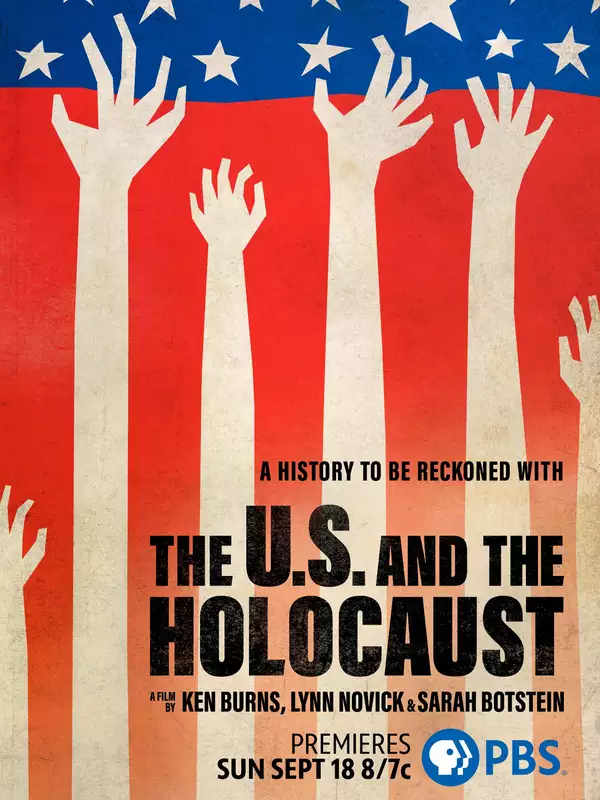
Ahead of Ken Burns’s Latest Docuseries, Co-Director Sarah Botstein '94 Shares her Path, Process.

The new documentary The U.S. and the Holocaust, set for release this weekend on PBS, may stun many viewers. The three-part series takes an unflinching look at truths about what Americans understood about the Holocaust and when, what citizens and government leaders did and said about it, and how attitudes about immigration shaped the country’s response. It is not a comforting story. It is complicated and expertly rendered in the style that Ken Burns’ productions are known for: impeccably researched, beautifully shot and edited, and powerfully told.
Sarah Botstein ’94 co-directed the series. She knows the truths in these films may spark controversy, but that’s not her goal. She and her colleagues strive to tell the truth, no matter how complicated or uncomfortable. Below, Botstein discusses the series and her journey.
After graduating, I didn’t know what I wanted to do. I was not a great student. I was not ready to go to graduate school. So I got a job as an assistant in an advertising PR firm. Alamo rental car and Motors was Ken’s corporate underwriter for many years. I got put on that account. And [that’s when I] thought what he was doing was exciting and fun and unusual — it combined all my interests in a funny way. And instead of going to graduate school, I moved to this tiny town in southwestern New Hampshire, where he lives, to work on the Jazz series.
I’m fortunate. Ken has an extraordinary organization of people who’ve worked for him for a long time. I’ve been working with him for 25 years!
I learned a lot. I don’t think I had understood in a clear, intellectual way Americans’ tension around what kind of a country we are. Are we a land of immigrants? Are we a welcoming place? Or are we a more nativist, racist, white supremacist country? We have the dynamics of the Native American experience, the black experience, and the immigrant experience — how so much of our country was created and built by the oppression of those three groups. And it’s extremely important to recognize that some of the rhetoric we’re seeing now goes back to our founding, and certainly to the early 20th century, as we made immigration harder, more restrictive. We think of ourselves as this great land of immigrants and refugees. And if you really look at the moments where we’ve had crises around the world, we have not been that.
Americans could have done much more during the Second World War to welcome refugees and Jews who were suffering. On the other hand, we are the great saviors of democracy and did an enormous amount in the Second World War. So it’s not a simple story. It’s a very complicated one.
These are inherently challenging subjects, so they sometimes are controversial. We always approach our work so that we leave an audience asking constructive and helpful questions regarding how to move forward as a more united, thoughtful country. We tend to make films about subjects that can be controversial, but we try to approach them in a noncontroversial way. We’re not interested in controversy.
On my father’s side, I’m a first-generation American. I’m the oldest grandchild, and my father was a refugee here himself. He came in 1949. I knew my grandparents and great-grandparents and their friends. So the Holocaust was very real to me. And my childhood and where I came from, and who my ancestors were and who died and who didn’t, and photographs of people I never knew [has always made the Holocaust] very real to me. I think the most rewarding experience of working on this film is how much I’ve learned about their history and trying to, in some interesting way, honor their memory and their experience by sharing the stories of people who had different and similar struggles. I wish my grandparents were alive to see it.